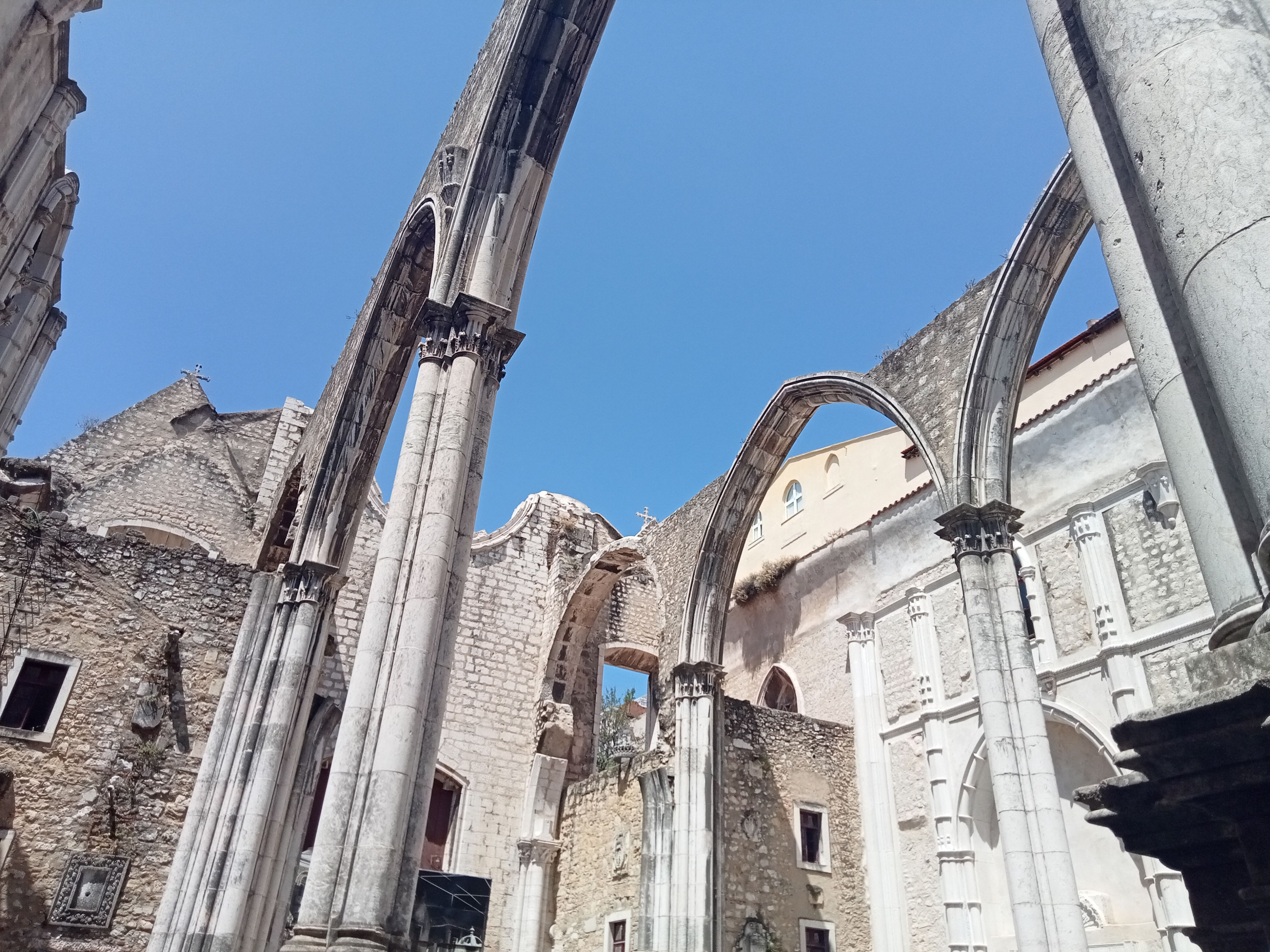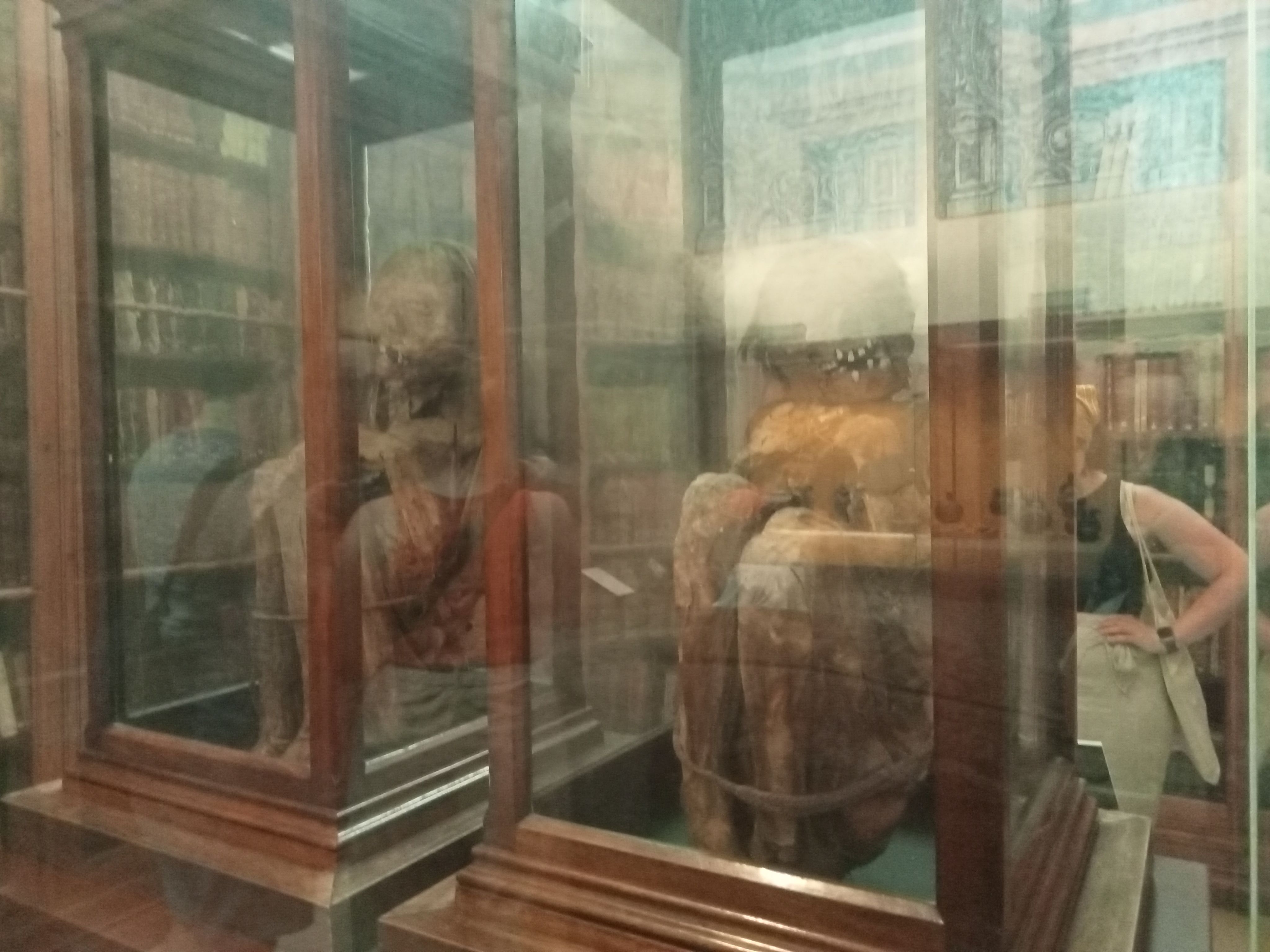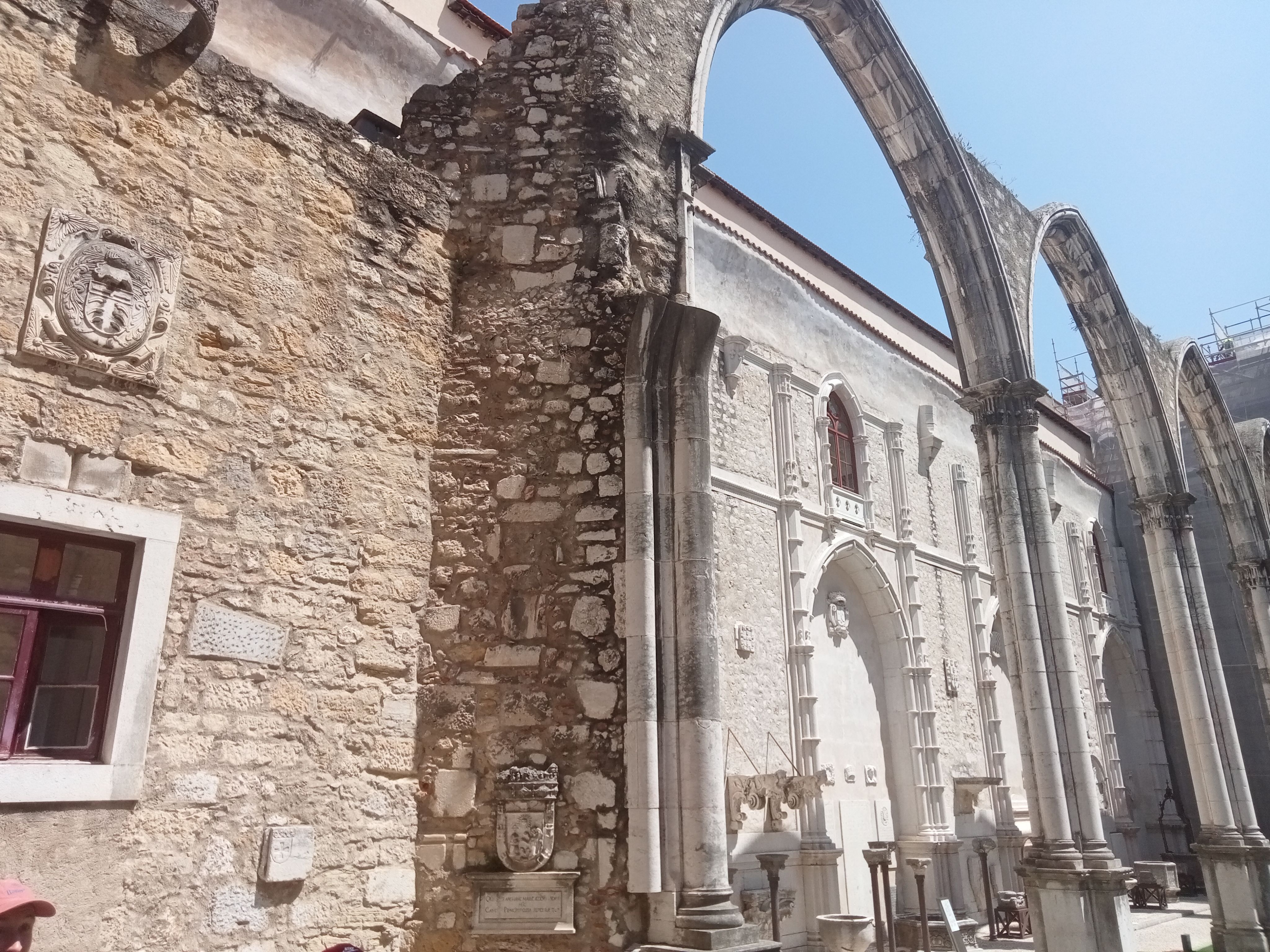Ruins left by cataclysmic earthquake and tsunami 268 years ago still a Lisbon tourist attraction today
By Delta Dobson

Ruined arches stretching to the sky still stand as a reminder of one of the worst days in Lisbon’s history.
One that nearly wiped Lisbon from the earth.
The Great Lisbon Earthquake occurred on Saturday, November 1, 1755, at about 9.40am local time and triggered a tsunami and fires, which together with the earthquake damaged the entirety of Lisbon and adjoining areas.
The earthquake, tsunami and fires destroyed about 85 per cent of the city.
An estimated 60,000 people died in Lisbon alone, and about 12,000 homes were destroyed. The earthquake, which modern research suggests started in the mid-Atlantic, created a tsunami wave six-metres high at Lisbon (it reached 20-metres high by the time it hit Cadiz in Spain). Fires caused by burning candles used to light homes in those days reportedly burned in Lisbon for up to six days.
The Carmo Convent, founded in 1389, was recognised as one of Lisbon’s most beautiful gothic churches until it was hit by the huge natural disaster more than 360 years later. It was severely damaged. The earthquake destroyed nearly all of the religious and artistic possessions. It also caused the roof of the convent to collapse, leaving an open-top ruin, remnants of which still stand, attracting scores of tourists.
Restoration work began in 1756 but was suspended in 1834 after the abolition of religious orders in Portugal. This meant that the convent was left without a roof and the ruins now nestle in a pleasant square in the middle of a rebuilt and restored Lisbon.
The convent not only stands as a resting place for the tombs of Portuguese royalty, knights and soldiers from different periods in history but also as a museum to hold and exhibit important pieces of history from Lisbon and Portugal and from all over the world, including two mummified children from Peru, complete with their hair and somewhat gruesome teeth.

Artefacts from the church that were found amongst the rubble are also among the exhibits.
The convent provides a teaching experience into the religious practices of Portugal as well as the grounds used back when it was functioning as a church, with a light and projection show about the vast history of Lisbon as well as the significance of the church in that period of time.

